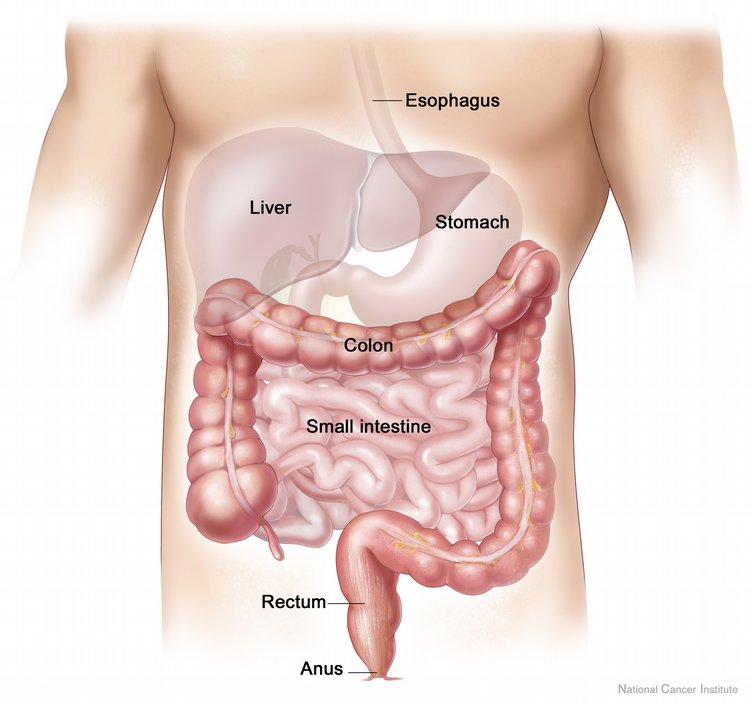-
3-minute read
-
22nd October 2016
Punctuation Tips: Colon Usage
This is one of the hardest things we’ve done. Not explaining colon usage (that’s simple). But getting through an entire post about this punctuation mark without descending into a series of rude jokes will be difficult. We’ll try our best, though, since colon usage can be tricky if you don’t know the rules.
Colon Usage: An Overview
You’ll have seen colons before as they are common in all sorts of writing. They look like someone has stacked two full stops (i.e. ‘ : ’ ).

We use colons at the end of complete sentences to introduce something extra, like saying ‘this is what I mean by what I’ve just said’ (but shorter). For instance, we can do this when introducing a list or an explanation.
Introducing a List
When introducing a list, we can use a colon to separate the main sentence from an examples or examples:
Three parts of the digestive system are affected: the stomach, the small intestine and the colon.

However, colons are only used at the end of complete clauses. As such, the following would be incorrect, since ‘are’ is separated from the list of objects:
The three parts of the digestive system affected are: the stomach, the small intestine and the colon. – Incorrect
Instead, this sentence would be fine without the colon (something that couldn’t be said of the digestive system itself):
The three parts of the digestive system affected are the stomach, the small intestine and the colon. – Correct
Find this useful?
Subscribe to our newsletter and get writing tips from our editors straight to your inbox.
Subscribe to Beyond the Margins and get your monthly fix of editorial strategy, workflow tips, and real-world examples from content leaders.
Introducing an Explanation
The other main use of the colon is for introducing an explanation or conclusion. In these cases, the statement before the colon is usually fairly general, while the statement after the colon is more specific (i.e. More general: more specific). We can demonstrate this with an example:
I’ve finally been diagnosed: it turned out to be colitis.
Here, we follow the general statement (‘I’ve finally been diagnosed’) with the specific condition after the colon (‘it turned out to be colitis’). But the statement following a colon doesn’t have to be a full sentence, unlike when using a semicolon. As such, we could shorten the example above to:
I’ve finally been diagnosed: colitis.
We express the same thing with this, since ‘colitis’ is the diagnosis mentioned before the colon. A colon also indicates a stronger connection between statements than a semicolon, which simply implies they are related.

Other Colon Uses
As well as these uses, colons are often employed in academic writing for introducing quotations (especially block quotes that appear on a new line) or for separating the title and subtitle of an essay or book (e.g. Gender Talk: Feminism, Discourse and Conversation Analysis).
And there you go. We got through it without mentioning bottoms at all. Mostly. And we hope you now feel more confident about using colons in your work. But if you do need more help with punctuation, we can help.




